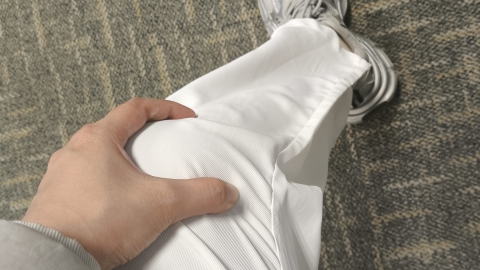Can I continue running after experiencing leg soreness from my first run?
Generally, whether you can continue running after experiencing leg soreness following your first run depends on the nature of the discomfort. If it's ordinary muscle soreness, running can usually continue; however, if the pain is accompanied by abnormal symptoms, running should be avoided. The details are as follows:

If the soreness is typical muscle soreness, it is usually caused by minor muscle fiber strain and lactic acid buildup during initial exercise. The pain is localized in the muscles and not accompanied by redness, swelling, or sharp pain. In such cases, you may continue running at a reduced intensity and shorter duration. Combining light walking and stretching can help accelerate lactic acid metabolism and allow muscles to gradually adapt to the exercise rhythm.
However, if leg soreness is accompanied by abnormal symptoms—such as joint redness and swelling, tenderness upon pressure, increased pain during running, or restricted movement—it may indicate muscle or joint injury due to improper running form. Continuing to run under these conditions will worsen the injury, so running should be stopped immediately. Allow the legs sufficient rest to prevent further damage.
To minimize leg soreness after your first run, it is recommended to warm up properly beforehand with dynamic stretching or brisk walking. After running, perform static stretching and apply local heat therapy to promote blood circulation. Gradually increasing exercise frequency over time allows the body to adapt progressively, reducing the risks of soreness and injury.




